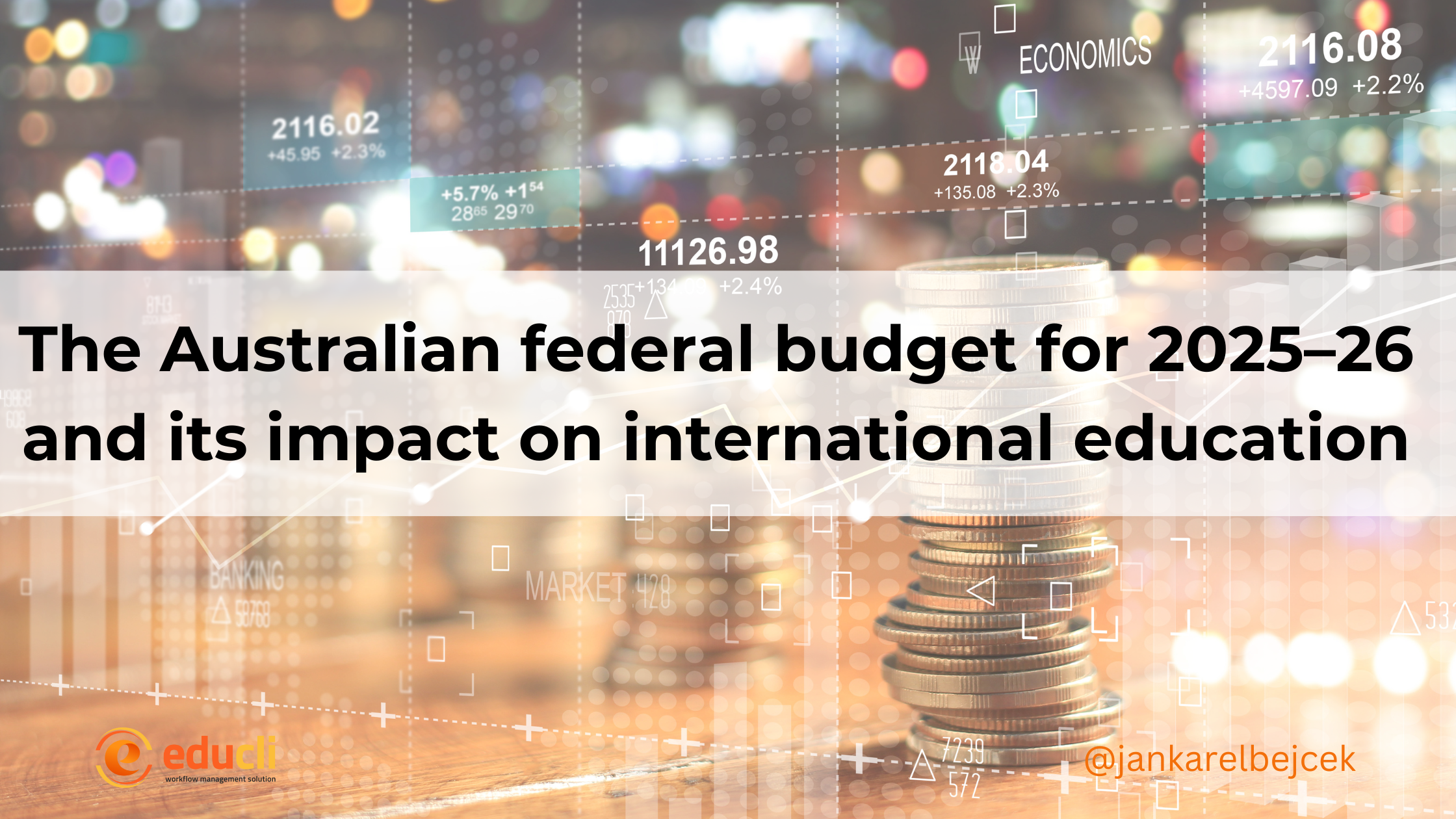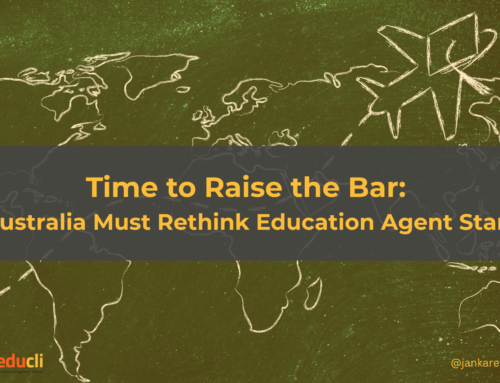The Australian federal budget for 2025–26, unveiled on March 25, presents mixed outcomes for international education and related small businesses. Significant budget measures and economic forecasts are set to influence the trajectory of Australia’s third-largest export sector.
The budget notably forecasts a decline in Net Overseas Migration (NOM), projecting a decrease from 300,000 in 2024–25 to 250,000 in 2025–26, with a further drop to 225,000 by 2026–27. This reduction, partly driven by stricter controls on international students, aims to ease pressures on housing and infrastructure. However, it poses substantial challenges for the international education industry, potentially limiting growth and revenue for educational institutions already operating under financial deficits.
Furthermore, the budget reallocates $3 million from the International Education Support program over two years starting 2024–25, redirecting these funds to other policy priorities. Universities Australia criticised this decision, describing it as a “missed opportunity” to reinvest and strengthen higher education infrastructure, research, and global competitiveness.
Nevertheless, given Australia’s current economic context, including rising inflation and imposed tariffs affecting various export sectors, there’s a compelling argument to reconsider policies limiting international student enrolments. Increasing international student numbers could provide critical financial relief to public universities operating with significant deficits, as international students typically pay higher tuition fees, thus generating substantial revenue.
Beyond the education sector, increased international enrolments would positively affect small businesses reliant on student-driven economic activity, such as local cafes, retailers, accommodation providers, and transport services. These businesses would benefit from additional customer spending, critical during inflationary periods when domestic consumption may weaken.
The federal budget does include some small business relief measures, notably an extension of energy bill rebates for approximately one million eligible businesses through the end of 2025. However, the discontinuation of the instant asset write-off, reverting from its current threshold back down to $1,000 from July 2025, may negatively impact small business investments at a crucial time.
This year’s Federal Budget and Home Affairs portfolio statements offered little clarity on Australia’s migration plans — notably omitting the annual permanent migration intake figure or any information on possible visa application fee increases. While funding was allocated across various areas, the largest share went to the refugee program and unauthorised maritime arrivals. This raises questions about whether the government intends to shift focus away from skilled and family migration in the near future. With key sectors still facing workforce shortages, the silence is prompting plenty of speculation. Are we heading for a pause, a pivot — or just waiting for a post-election announcement?
In conclusion, while the 2025–26 federal budget introduces challenging measures for international education through reduced migration forecasts and decreased funding. Yet the rationale would be to support increasing international student numbers. This approach could alleviate financial pressures faced by public universities, stimulate local economic activity, and offset broader economic challenges from tariffs and inflation.
#InternationalEducation #HigherEducation #SmallBusiness #EconomicPolicy #AustralianEconomy #EducationSector #UniversityFunding #StudentMigration #VisaPolicy #Budget2025 #PublicUniversities #InflationImpact #Tariffs #WorkforceShortages #AustralianUniversities #EducationInvestment #MigrationTrends #EconomicGrowth #LocalEconomy #edtech #educli





Leave A Comment